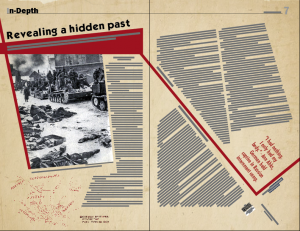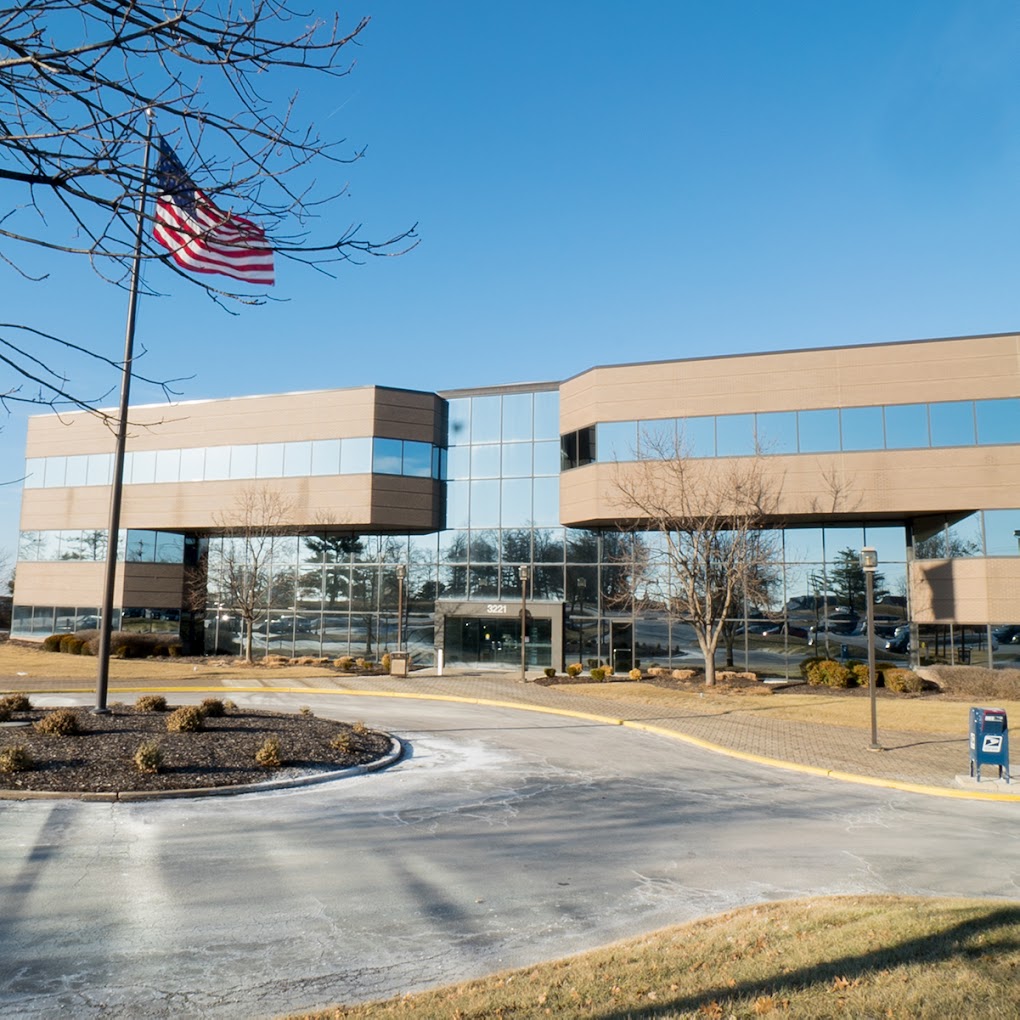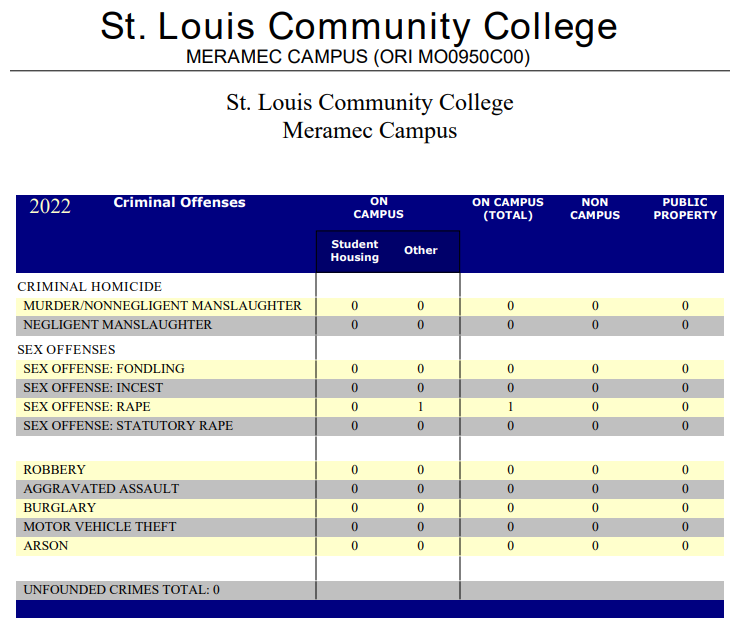The STLCC-Meramec student-produced documentary “The Forgotten Genocide” has peaked world-wide interest into the exposure of 15 million ethnic Germans expelled after World War II.

Andrea Royals
– News Editor –
Joe Douglas
– Jr. Copy Editor –
On Feb. 25, STLCC-Meramec will be unveiling the forgotten genocide of ethnic Germans to the world.
Ann Morrison, Meramec student and event coordinator, is the mastermind behind The Forgotten Genocide Conference, an event revealing a part of German history forgotten, but not abandoned, by the modern world.
“Everybody thinks this is the Holocaust; it’s not the Holocaust, but over twice the amount of people were affected,” Morrison said.
Speakers will be coming to Meramec from around the United States and outside nations in order to share their experiences and their own pieces of history. On Feb. 25, speakers will give one-hour presentations from 9 a.m. to 1 p.m. in the Student Center, Room 200/201, and on Feb. 26 from 9 a.m. to 4 p.m. in the Meramec Theater.
“It was time. These people who have survived this are now in their 70s and 80s. What they didn’t want to talk about before, they want to talk about now. They’ve raised their families; they’ve done their jobs, and it’s their turn,” Morrison said.
This large event began as a little project in Pam Garvey’s Composition II class. The assignment required students to work with Service Learning, and Morrison wanted to do her project on the German genocide. At first Garvey didn’t believe it happened, but was willing to work with Morrison on the subject. Morrison was able to bring in substantial evidence to begin, and from there it has developed into something much more.
“There have been many people who have written essays about this, and turned in stories on this, and got Fs because the teachers did not believe this happened,” Morris said. “[Garvey] was the first person who took me seriously about this, and backed me up 110 percent.”
Morrison then met with Donna Halsband, Service Learning coordinator, and was introduced to Scott Dorough, mass communications instructor, who worked with Morrison to develop a team to create the documentary.
“This is a wonderful example of what can happen when a faculty member recognizes the potential of a student’s work and provides encouragement and support for the student’s continuing quest for knowledge,” Stephen Petersen, Ph.D., vice president of student affairs, said.
Paul Pai, Ph.D., said he hopes the students are inspired by this event to take on challenges that may seem out of reach. “…When we work as a teaching/learning team, we can accomplish anything.”
Ann Ahks was one of approximately 14 million ethnic Germans displaced at Stalin’s request after World War II. Ahks’ family had lived in Romania for five generations, and apart from living in a town primarily populated with German descendants, she had little to do with Germany and nothing to do with the Nazi regime.
“I was young,” Ahks said, “I had my own property, my own self. I did what I wanted.”
Based on her cultural background, Ahks was targeted as an enemy of the Soviet empire. After the war ended, police visited her home and asked her to come to Russia to work in a labor camp. If she refused, Ahks said, the police threatened to take her parents instead.
Leaving her family, 28-year-old Ahks and 350 others from her village boarded a train of 55 cars, 40 people to each, headed for Russian internment. “Twenty people sat against the wall, and 20 sat in the center,” she said, as she described the excursion that took more than two weeks to complete.
“We were lost,” Ahks said, remembering the anxiety she faced as she was separated from her family and on her way to an unknown destiny. “No one was with me.”
Ahks said she was forced to live in a one room barrack with 200 other women, receiving only portions of soup for nourishment, while enduring hours of strenuous labor each day. “We worked day and night. We worked only for our food,” Ahks said.
Waking up in the morning, Ahks said she would look up at the sky and yell, “My God, why have you taken everything from me?” During her most uncertain moments, however angry, Ahks said she never doubted her belief in God.
An estimated 3,000 German workers were employed at the camp facility, which made cement bricks and mortar mixtures that were used to rebuild much of the damage the Soviet Union had collected during World War II.
Each day, Ahks and the other women in her barrack carried large cement blocks from the factory to train cars to be transported for reconstruction projects. “We carried them in snow and in ice. My hands were always frozen,” said Ahks, recalling the bitter, cold weather that blankets northern Europe.
“The work made us strong women, but we had no food,” she said. “I had to steal for food and every time I had it, I thanked the Lord for it.” Ahks learned to befriend the Russian women guards, who would occasionally slip her milk and bread.
The guards would count the workers in the morning, lead them to the worksite, and then count them at night and lead them back to the barracks. They were strict, but Ahks said she never saw them shoot anyone.
Ahks remained at the camp for two-and-a-half years, and was released in 1947. Reparations were nearing completion and ethnic Germans from Central and Eastern Europe were being sent to Germany. Ahks could not return to her home in Romania, where her family remained. “I had nothing,” she said, “I only had my body.”
West Germany was in ruins and quickly became overcrowded with small shanties and refugees, Ahks said. She found a job as a housekeeper in Munich, and was reunited with her husband, a Romanian soldier, through letters.
One evening, Ahks decided to stop by the train station on her walk home from work, overhearing that German children from Romania were expected to arrive that week. She had not seen her children since she left her home, but as she neared the station Ahks immediately recognized her two daughters.
“Who is that?” said her daughter Katherine Ahks, 7, to her older sister, pointing to the woman looking at them. Katherine Ahks was three-years-old when her mother had left, and did not remember what she looked like.
The four-year separation of the mother and her daughters ended as Katherine Ahks’ sister, Eva Ahks, said to her, “That is your ma.”
The family remained in West Germany until 1955. “We were lucky because we lived with farmers and we had food,” Katherine Ahks said, “but we were not happy in Germany.”
Ahks realized the strain German settlement had on her daughters. “Their childhood was nothing,” she said. In 1955, Ahks decided to move her family to the United States, hoping to start a new life in St. Louis, Mo.
“A lot of people came here with no place to go, but we did,” said Katherine Ahks, whose aunt had left Europe for the United States in 1911. She agreed to sponsor the Ahks family and help them escape the prejudice they faced in Europe.
Ahks and her family said they remained optimistic throughout their burdens. “Stay with your faith,” she said, attesting that despite her losses, faith was the only possession no one could take from her. “Even when you are lost and have nothing, you should believe and trust in God and in your faith.”











